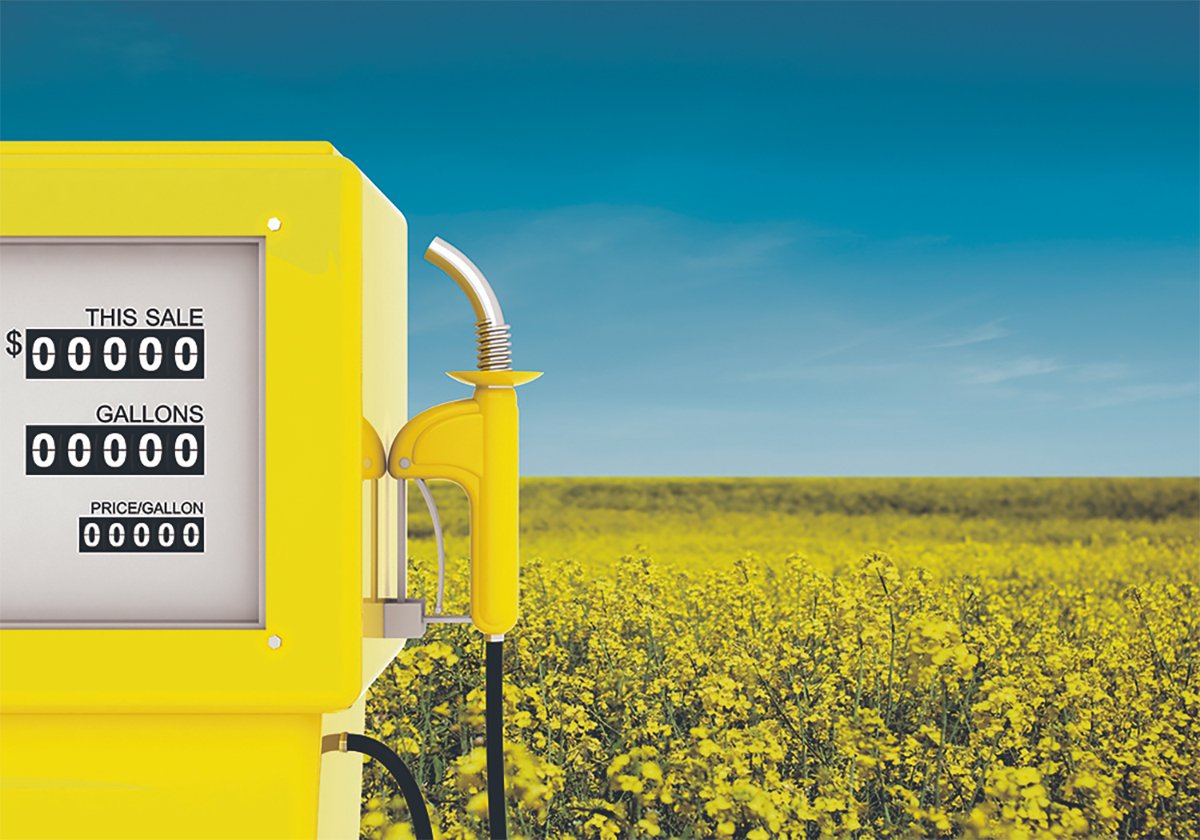Currency volatility is no longer a risk management sideshow.
At times in the past year it has become the main event.
“(The exchange rate is) almost as important as the underlying U.S. pork price itself,” said Manitoba Pork Marketing Co-operative risk management specialist Tyler Fulton.
“It never used to play into our pricing decisions, but in the last year we’ve had price swings directly related to the change in the dollar of about $11 a hog.”
Farmers have suffered since 2002 because the Canadian dollar’s appreciation against the U.S. dollar had the effect of cutting commodity prices here, because world prices are negotiated in U.S. dollar terms.
Read Also

Biofuel sector happy with federal budget
Advanced Biofuels Canada says new Biofuel Production Incentive is a lifeline until CFR amendments are in place.
But farmers have not been able to assume the Canadian dollar will gradually rise in value and hedge accordingly. In the past year the Canadian dollar has swung wildly, falling from more than 90 cents in July 2006 to 82 cents in February 2007 and back to almost 91 cents this week.
Part of the reason is a stalled American economy. Analysts expect countries with strong economies, like in Europe, will raise interest rates to control inflation but American rates will be static to lower. Money will flow to countries with stronger bond returns and lift those curencies.
But the loonie’s rise also has a made-in-Canada aspect.
The global commodity rally has seen foreign economies buy Canadian resources and foreign investors buy Canadian companies.
That has made it difficult to forecast future prices, a challenge faced each month at the Canadian Wheat Board as it tries to figure out wheat and barley prices for up to 18 months away.
“It’s got a very significant effect for the 2007-08 pool because we’ve just started out selling,” said board spokesperson Maureen Fitzhenry.
Pool Return Outlook forecasters estimate that every one penny swing in the value of the Canadian dollar moves the grain price by about $1.50 per tonne. That works out to a yo-yo in value of $12 per tonne between last summer and now.
The wheat board relies on analysts from Canada’s major banks who specialize in currency analysis.
“Banks have people who spend all day every day doing nothing but forecasting the dollar exchange rate,” said Fitzhenry.
Unfortunately for the board, “the bank forecasts are all over the place.”
Some project the loonie will continue to climb to a par U.S. dollar value, but other forecasts this year have projected it to fall to 80 cents.
The board tries to find a median level when setting its pool outlook.
Fulton said the Canadian dollar is close to an important resistance point that held it back from rising last summer. If that level is broken, “I wouldn’t be surprised to see it rise another seven or eight cents, or to par.”
Fulton said the huge range of forecasts makes it hard for hog producers to predict whether they will be able to make a profit in coming months.
“The higher the volatility, the more the uncertainty you have about whether your business plan is sound enough to handle that type of thing,” said Fulton.
“If producers aren’t factoring that in when they’re doing their cash flow analysis, they aren’t capturing the whole picture.”
Manitoba Pork Marketing Co-op offers currency hedging and fixed price forward pricing in Canadian dollars.
The wheat board takes a generally conservative currency hedging approach, attempting to reduce its exposure rather than to aggressively lock in its predictions of currency market peaks.
Fulton said the volatile environment means farmers can no longer ignore currency hedging. This year has shown that it can become a margin-crushing factor.
“It’s just one more thing that’s shifting the Canadian hog price around that has to be managed in some way,” said Fulton.
“From a risk management perspective, it really shifts your focus to doing things that aren’t necessarily based on fundamentals.”















